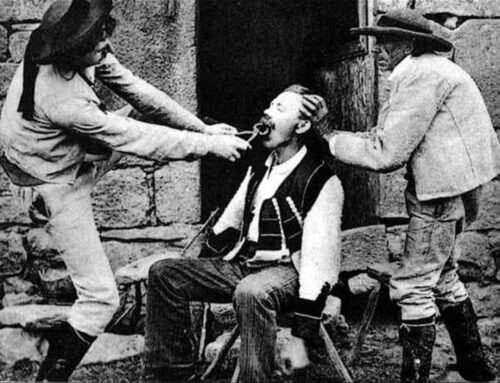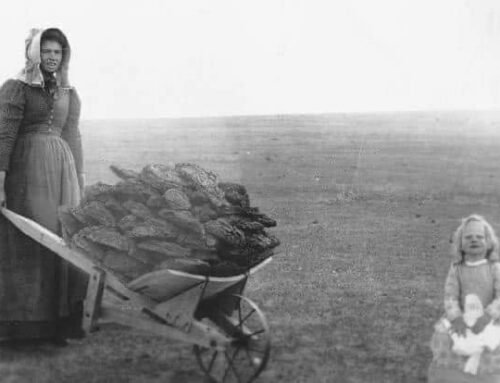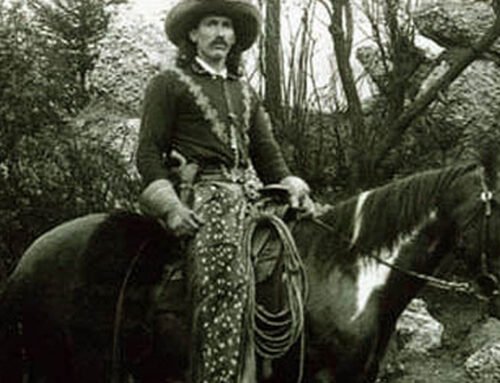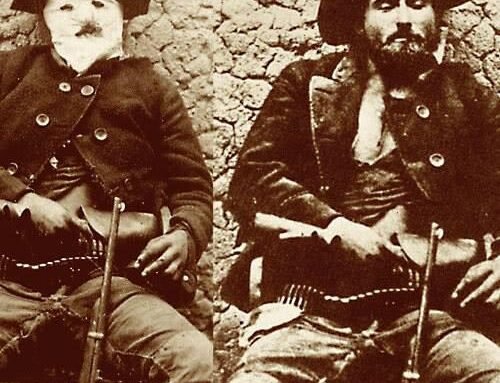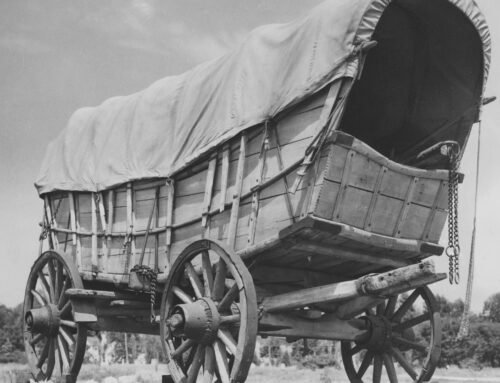Cowboy hats – a history
By western author Nick Brumby
 “Son, let me give you a piece of advice. You can share my whiskey. You can have my coffee. Damn it, I’ll even give you my last bullet. But remember this until the day you die – never EVER touch another man’s hat.”
“Son, let me give you a piece of advice. You can share my whiskey. You can have my coffee. Damn it, I’ll even give you my last bullet. But remember this until the day you die – never EVER touch another man’s hat.”
The image of the classic cowboy is defined more by his headwear than any other possession. Recognized around the world as the defining image of the Old West, the bond between cowboys and their hats goes back a long way.
The design of the cowboy hat itself had many influences, including Mexican hats such as the sombrero, the various wide-brim designs worn by farmers and stockmen ‘back East’, as well as the designs used by the United States Cavalry.
In fact, the concept of a broad-brimmed hat with a high crown worn by a rider on horseback can be seen as far back as the Mongolian horsemen of the 13th century.
Contrary to popular belief, it was the bowler and not the cowboy hat that was the most popular in the American West. However, the signature ‘cowboy’ hat design was invented by JB Stetson in 1865. His original “Boss of the Plains” design was flat-brimmed, had a straight sided crown, with rounded corners. Stetson was the first to market the “Boss of the Plains” to cowboys, and it has remained the universal image of the American West.
 The durability and water-resistance of the original Stetson was unquestioned. When the battleship USS Maine was raised from Havana harbor in 1912, a Stetson hat was found in the wreck, submerged in seawater for 14 years. The hat had been exposed to ooze, mud, and plant growth. However, the hat was cleaned off, and appeared to be undamaged.
The durability and water-resistance of the original Stetson was unquestioned. When the battleship USS Maine was raised from Havana harbor in 1912, a Stetson hat was found in the wreck, submerged in seawater for 14 years. The hat had been exposed to ooze, mud, and plant growth. However, the hat was cleaned off, and appeared to be undamaged.
Over time the cowboy hat underwent changes in shape to better suit the needs of its owner and evolved into the form we are more familiar with today. The brim curved up on the sides to stay out of the way of a rope, and the crown became pinched to allow better control.
 The popular image of a cowboy would not be complete without the wide-brimmed “10-gallon hat,” yet even the most hardened cattlemen can’t agree on how the iconic headgear first got its name. The conventional explanation is that “10-gallon” refers to how much liquid could be carried inside the hat. In fact, a famous ad for the Stetson company once even depicted a cowpoke giving his weary horse a drink from the crown of his hat.
The popular image of a cowboy would not be complete without the wide-brimmed “10-gallon hat,” yet even the most hardened cattlemen can’t agree on how the iconic headgear first got its name. The conventional explanation is that “10-gallon” refers to how much liquid could be carried inside the hat. In fact, a famous ad for the Stetson company once even depicted a cowpoke giving his weary horse a drink from the crown of his hat.
However most experts argue that the name “10-gallon hat” is actually an import from south of the border. Cattle drivers and ranchers in Texas and the Southwest often crossed paths with Mexican vaqueros who sported braided hatbands—called “galóns” in Spanish—on their sombreros. A “10 galón” sombrero was a hat with a large enough crown that it could hold 10 hatbands.

The 10-gallon hat went on to earn a place as a quintessential piece of the frontier wardrobe, and presidents like Harry Truman and Lyndon B. Johnson would later use them to cultivate a rustic image while serving as Commander in Chief.
Today the cowboy hat has become as much a part of fashion as it is function. Worn by cowboys, cowgirls, rodeo athletes, musicians and movie stars alike, the cowboy hat is a truly traditional item of the West.

About Nick Brumby
I like a good story. And of all stories, I love westerns the most.
As a kid, I spent far too many afternoons re-watching Clint Eastwood spaghetti westerns, picking up ‘Shane’ for just one more read, or saddling up beside Ben Cartwright when ‘Bonanza’ was on TV each afternoon.
I’m a former journalist and I love horses, dogs, and the occasional bourbon whiskey. I live with my wife, daughter and our ever-slumbering hound in a 1800’s-era gold mining town – our house is right on top of the last working gold mine in the area. There may not be much gold left, but there’s history wherever you look.
I hope you enjoy my westerns as much as I enjoyed writing them!
Happy trails,
Nick






















